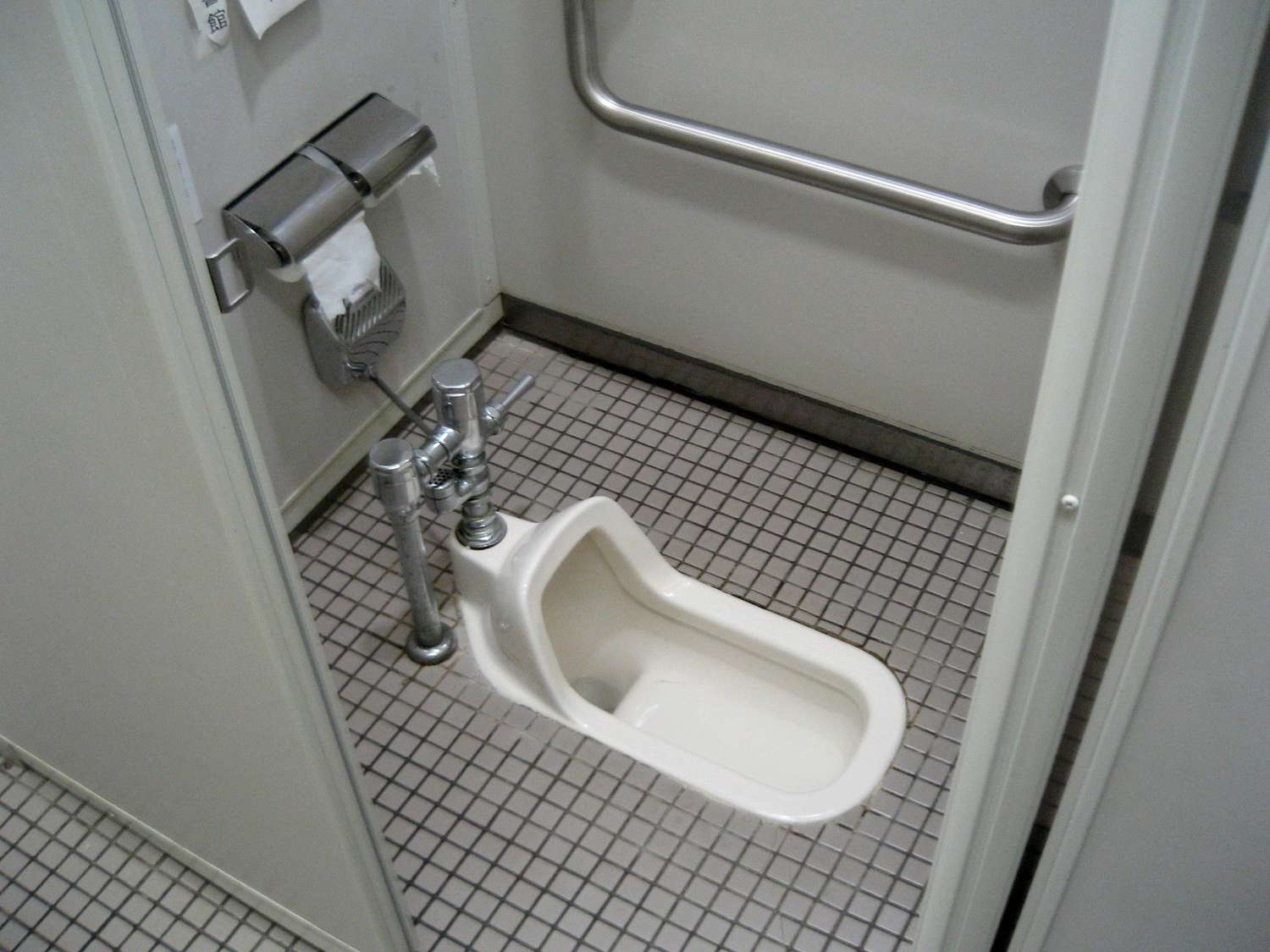

Articles
How To Use Squat Toilet
Modified: January 5, 2024
Learn how to use a squat toilet with these informative articles. Find tips and step-by-step guides for proper technique and hygiene.
(Many of the links in this article redirect to a specific reviewed product. Your purchase of these products through affiliate links helps to generate commission for Storables.com, at no extra cost. Learn more)
Introduction
In many parts of the world, squat toilets are the norm rather than the exception. While it may be unfamiliar to those accustomed to sitting toilets, squat toilets offer numerous benefits and have been used for centuries. In this article, we will explore what a squat toilet is, its benefits, safety precautions to take, provide a step-by-step guide on how to use one, offer tips for a comfortable experience, and highlight common mistakes to avoid. Whether you’re a seasoned traveler or simply curious about different bathroom practices, understanding how to use a squat toilet is an essential skill.
Key Takeaways:
- Embracing the use of squat toilets offers numerous benefits, including improved bowel movements, enhanced hygiene, and a more authentic cultural experience for travelers. Understanding their use is essential for a well-rounded travel experience.
- By following safety precautions, practicing proper hygiene, and embracing the adventure, using squat toilets can become a comfortable and hassle-free experience. It’s an opportunity to learn about different cultures and adapt to diverse bathroom practices.
Read more: How To Use A Composting Toilet
What is a squat toilet?
A squat toilet, also known as a squatting pan or a squatting toilet, is a type of toilet commonly found in many countries in Asia, the Middle East, and parts of Africa and Europe. Unlike traditional sitting toilets that are common in Western countries, a squat toilet requires the user to assume a squatting position while using it.
A squat toilet typically consists of a fixture set into the floor, which is usually made of ceramic or stainless steel. It does not have a seat like a sitting toilet. Instead, it has a slightly sloping and contoured surface that helps ensure proper alignment of the user’s feet and buttocks.
The design of a squat toilet is based on the natural squatting position that humans have used for centuries. Proponents of squat toilets argue that this position allows for easier and more effective elimination, and it may even have health benefits such as preventing constipation, hemorrhoids, and colon-related issues.
While squat toilets may seem unfamiliar to those who have only used sitting toilets, they are widely used and accepted in many cultures. In fact, squat toilets can often be found in public restrooms, homes, and even hotels in the regions where they are prevalent.
It is important to note that squat toilets come in different variations. Some may have manual flushing mechanisms, while others may be connected to a water tank or a plumbing system for flushing. Additionally, some squat toilets may have a hose or a bucket of water nearby for cleaning purposes instead of using toilet paper.
Overall, squat toilets are a cultural and practical part of many societies, providing a different approach to personal hygiene and elimination. Understanding their use and benefits can help travelers navigate different bathroom facilities and have a more immersive experience when visiting countries where squat toilets are commonly used.
Benefits of using a squat toilet
While squat toilets may seem unfamiliar to those accustomed to sitting toilets, they offer several benefits that are worth considering. Here are some of the advantages of using a squat toilet:
- Natural elimination position: One of the primary benefits of using a squat toilet is that it allows the body to assume a more natural position for elimination. Squatting aligns the rectum properly and straightens the colon, making it easier to pass stools. This can help prevent issues such as constipation, hemorrhoids, and straining.
- Better bowel movements: The squatting position encourages a more complete and thorough emptying of the bowels. The angle created by squatting straightens the rectum and relaxes the puborectalis muscle, allowing for a more efficient elimination process. As a result, bowel movements are often quicker and easier.
- Improved pelvic floor function: Squatting can help strengthen the pelvic floor muscles, which are essential for bowel control and bladder function. The squatting position engages these muscles more effectively compared to sitting on a toilet seat, potentially reducing the risk of pelvic floor disorders.
- Hygienic and cleaner experience: Squat toilets can be more hygienic and cleaner compared to sitting toilets. Since there is no direct contact with the toilet seat, the risk of coming into contact with germs, bacteria, or bodily fluids is significantly reduced. This can be especially important in public restrooms or in areas where sanitation infrastructure may be limited.
- Faster bowel movement: Squat toilets encourage a more efficient and quicker elimination process. The natural position of squatting allows waste to pass through the intestines more easily, leading to shorter bathroom visits.
- Prevents strain: Squatting on a toilet eliminates the need to strain to induce bowel movements. When seated, the pelvic floor muscles partially close off the rectum, requiring extra effort to pass waste. Squatting opens up the passageway, eliminating the need for excessive straining and reducing the risk of complications such as hemorrhoids or bowel obstruction.
- Cultural immersion and travel experience: In countries where squat toilets are prevalent, using them can provide a more authentic cultural experience. It allows travelers to embrace local customs and practices, fostering a deeper understanding and appreciation of different cultural traditions.
While the use of squat toilets may require some adjustment for those unfamiliar with them, the potential benefits they offer make them a viable and healthy alternative to sitting toilets. Whether it’s for improved bowel movements, enhanced hygiene, or cultural integration, using a squat toilet can have a positive impact on personal well-being and overall travel experiences.
Safety Precautions
While using a squat toilet is generally safe, it is important to observe certain precautions to ensure a comfortable and risk-free experience. Here are some safety tips to keep in mind:
- Maintain balance: When using a squat toilet, it is crucial to maintain your balance to prevent falls or injuries. Place your feet firmly on the designated foot markers or on the sides of the toilet bowl for stability.
- Remove loose clothing: Before using a squat toilet, it is advisable to remove any loose or long clothing, such as pants or skirts, that may come in contact with the floor or the toilet bowl. This will prevent them from getting soiled or creating a tripping hazard.
- Use handrails (if available): Some squat toilets may have handrails or grab bars installed for added support. If these are available, make use of them to maintain stability and assist with balancing.
- Be mindful of surroundings: Pay attention to your surroundings and be cautious of wet or slippery floors in the bathroom area. Take your time and walk carefully to avoid slipping or accidents.
- Keep personal belongings secure: Place your personal belongings securely and away from the squat toilet area to prevent them from falling into the toilet or getting soiled. Consider using a small bag or hook to keep them within reach, but away from the toilet bowl.
- Practice good hygiene: As with any type of toilet, it is essential to practice proper hygiene when using a squat toilet. Remember to wash your hands thoroughly with soap and water after using the toilet, or use hand sanitizer if washing facilities are not available.
- Bring your own toilet paper (if necessary): In some regions, squat toilets may not provide toilet paper. It is advisable to carry your own supply of toilet paper or tissues with you, especially if you prefer to use them for personal hygiene.
- Consider using a squatting aid: If you have difficulty squatting or maintaining balance, consider using a squatting aid. These portable devices provide support and can help you achieve the proper squatting position while using a squat toilet.
By following these safety precautions, you can ensure a smooth and secure experience when using a squat toilet. Remember to adapt to the cultural practices of the region you are in and approach these toilets with an open mind and a willingness to embrace different bathroom customs.
When using a squat toilet, make sure to wear shoes with good grip to avoid slipping. Keep your balance by holding onto a nearby wall or handle, and aim to squat with your feet flat on the ground for stability.
Step-by-step guide on how to use a squat toilet
Using a squat toilet may seem daunting if you are unfamiliar with it, but with a little practice and guidance, it can become a straightforward process. Here is a step-by-step guide on how to use a squat toilet:
- Position yourself correctly: Stand facing the inward direction of the toilet bowl with your feet shoulder-width apart. Ensure that your feet are placed firmly on the provided foot markers or on the sides of the toilet bowl.
- Squat down: Lower your body into a squat position, keeping your heels on the ground if possible. You can use the handrails or grab bars, if available, to maintain balance and support your body.
- Adjust your posture: Lean slightly forward and ensure that your knees are positioned above your feet. This posture allows for proper alignment of your lower body.
- Relax your muscles: Once you are in the squat position, relax your pelvic floor muscles and allow the natural flow of urine or bowel movements. Be patient and do not rush the process.
- Direct waste into the bowl: Aim to direct urine or feces into the toilet bowl. Try to maintain a steady stream by relaxing your pelvic floor muscles, allowing for a more effective and comfortable elimination process.
- Clean yourself: After completing your business, it is essential to clean yourself properly. Depending on the available facilities, you can either use water from a hose or a small bucket, or use toilet paper or tissues for wiping. Remember to always practice good hygiene.
- Dispose of waste properly: If the toilet provides a flushing mechanism, use it to ensure proper disposal of waste. If a flush is not available, follow any local guidelines or instructions provided for waste disposal.
- Wash your hands: After using the toilet, thoroughly wash your hands with soap and water. If washing facilities are not available, use hand sanitizer as an alternative.
Remember, using a squat toilet may take some getting used to, but with practice, it becomes easier and more comfortable. Embrace the experience as an opportunity to immerse yourself in local customs and adapt to different bathroom practices.
Read more: Toilet Snake How To Use
Tips for using a squat toilet
Using a squat toilet can be a unique experience, especially if you’re not accustomed to it. To help you navigate these facilities with ease, here are some helpful tips:
- Wear appropriate clothing: Opt for loose-fitting clothing that allows you to easily squat down without restriction. Avoid long skirts or pants that may come in contact with the floor.
- Carry tissues or wet wipes: Some squat toilets may not provide toilet paper, so it’s a good idea to carry your own supply of tissues or wet wipes for personal hygiene.
- Use a squatting aid: If you find it difficult to squat or maintain balance, consider using a portable squatting aid. These aids provide support and stability to help you maintain the proper squatting position.
- Focus on your posture: Maintain a relaxed and balanced posture while squatting. Keep your back straight and your knees aligned with your feet to ensure proper alignment and minimize strain.
- Take your time: It’s important not to rush when using a squat toilet. Relax and allow your body to adjust to the position. Taking your time helps prevent accidents and ensures a more comfortable experience.
- Practice good hygiene: Always wash your hands thoroughly with soap and water after using the toilet. If washing facilities are not available, use hand sanitizer as an alternative.
- Be cautious of cleanliness: While squat toilets can be clean and well-maintained, occasionally, you may come across toilets that are not. Before using a squat toilet, visually assess its cleanliness and decide if it meets your comfort standards.
- Stay hydrated: It’s important to stay hydrated, especially in regions where the climate is hot or humid. Drinking enough water can help prevent constipation and facilitate the elimination process.
- Practice in advance: If you know you’ll be traveling to a region where squat toilets are prevalent, consider practicing at home beforehand. Doing squats and getting comfortable with the position can help build strength and familiarity.
- Maintain a positive attitude: Embrace the experience of using a squat toilet as an opportunity to learn about different cultures and their bathroom practices. Maintain a positive attitude and approach it with an open mind.
By following these tips, you can make your experience using a squat toilet more comfortable and hassle-free. Remember that practice and patience are key, and eventually, it will become second nature for you. So, embrace the adventure and enjoy your travels!
Common Mistakes to Avoid While Using a Squat Toilet
Although using a squat toilet may seem straightforward, there are some common mistakes that individuals can make, especially if they are not familiar with this type of facility. By being aware of these mistakes and taking the necessary precautions, you can ensure a smooth and hygienic experience. Here are some common mistakes to avoid while using a squat toilet:
- Incorrect positioning: One of the most common mistakes is positioning yourself incorrectly on the squat toilet. Make sure to face the right direction, with your feet placed firmly on the foot markers or the sides of the toilet bowl, and maintain a balanced and stable posture.
- Rushing the process: It’s important to take your time and not rush when using a squat toilet. Allow your body to adjust to the position and relax your muscles for a comfortable elimination process. Trying to hurry can lead to physical discomfort or accidents.
- Wearing inappropriate clothing: Avoid wearing long skirts, pants, or clothing that may come into contact with the floor or the toilet bowl. Opt for loose-fitting and comfortable clothing that allows for easy movement and proper positioning.
- Not practicing proper hygiene: Just like with any toilet, it is crucial to practice good hygiene when using a squat toilet. Always wash your hands thoroughly with soap and water after using the toilet or use hand sanitizer if washing facilities are not available.
- Leaning on the toilet walls: While using the squat toilet, avoid leaning or putting excessive weight on the walls or handrails for support. These fixtures are meant to assist with balance, not as support structures, and may not be able to withstand a lot of pressure.
- Losing balance: Maintaining balance is essential when using a squat toilet. To prevent falls or injuries, ensure that your feet are planted firmly on the ground or foot markers, and avoid sudden movements or shifting of your weight.
- Not disposing of waste properly: It is important to follow proper waste disposal procedures, whether that means using the provided flushing mechanism or following local guidelines. Avoid leaving waste behind or causing any inconvenience for the next user.
- Forgetting to bring toilet paper or wipes: In regions where squat toilets don’t provide toilet paper, it is essential to carry your own supply of tissues or wet wipes for personal hygiene. Having them readily available will ensure a comfortable and clean experience.
- Neglecting to check cleanliness: Before using a squat toilet, take a moment to visually assess its cleanliness. If the toilet appears dirty or unsanitary, consider finding an alternative facility if possible.
- Being resistant to the experience: Embrace the cultural differences and approach using a squat toilet with an open mind. Being resistant to the process or having a negative attitude can make the experience more challenging. Embrace the uniqueness and adapt to the local customs.
By being mindful of these common mistakes and taking the necessary precautions, you can have a smooth and comfortable experience while using a squat toilet. Remember that practice and familiarity will improve your skills over time. So, stay patient, maintain good hygiene, and enjoy the journey!
Conclusion
Using a squat toilet may initially seem unfamiliar or even intimidating, especially for those accustomed to sitting toilets. However, understanding how to use a squat toilet is a valuable skill, particularly for travelers or those visiting regions where squat toilets are prevalent.
We’ve explored what a squat toilet is, its benefits, safety precautions to take, provided a step-by-step guide on how to use one, offered tips for a comfortable experience, and highlighted common mistakes to avoid. It’s important to approach the use of squat toilets with a willingness to adapt to different bathroom practices and embrace the cultural immersion they provide.
Squat toilets offer several benefits, including a more natural elimination position, improved bowel movements, strengthened pelvic floor muscles, and enhanced hygiene. By following safety precautions, such as maintaining balance, using handrails, and being cautious of your surroundings, you can ensure a risk-free experience.
When using a squat toilet, remember to position yourself correctly, relax your muscles, and aim waste into the bowl. Afterward, clean yourself properly and dispose of waste appropriately. Practicing good hygiene, wearing appropriate clothing, and carrying your own supplies like tissues or wet wipes can further enhance your experience.
Avoiding common mistakes, such as incorrect positioning, rushing the process, or neglecting hygiene, will contribute to a smoother and more comfortable use of squat toilets. By practicing these tips, you can embrace the adventure, appreciate different cultures, and navigate various bathroom facilities confidently.
In conclusion, understanding how to use a squat toilet is a valuable skill that can enhance your travel experiences and foster a deeper appreciation for diverse cultural practices. By following the guidelines outlined in this article, you can confidently and comfortably navigate the use of squat toilets wherever your adventures take you.
Frequently Asked Questions about How To Use Squat Toilet
Was this page helpful?
At Storables.com, we guarantee accurate and reliable information. Our content, validated by Expert Board Contributors, is crafted following stringent Editorial Policies. We're committed to providing you with well-researched, expert-backed insights for all your informational needs.
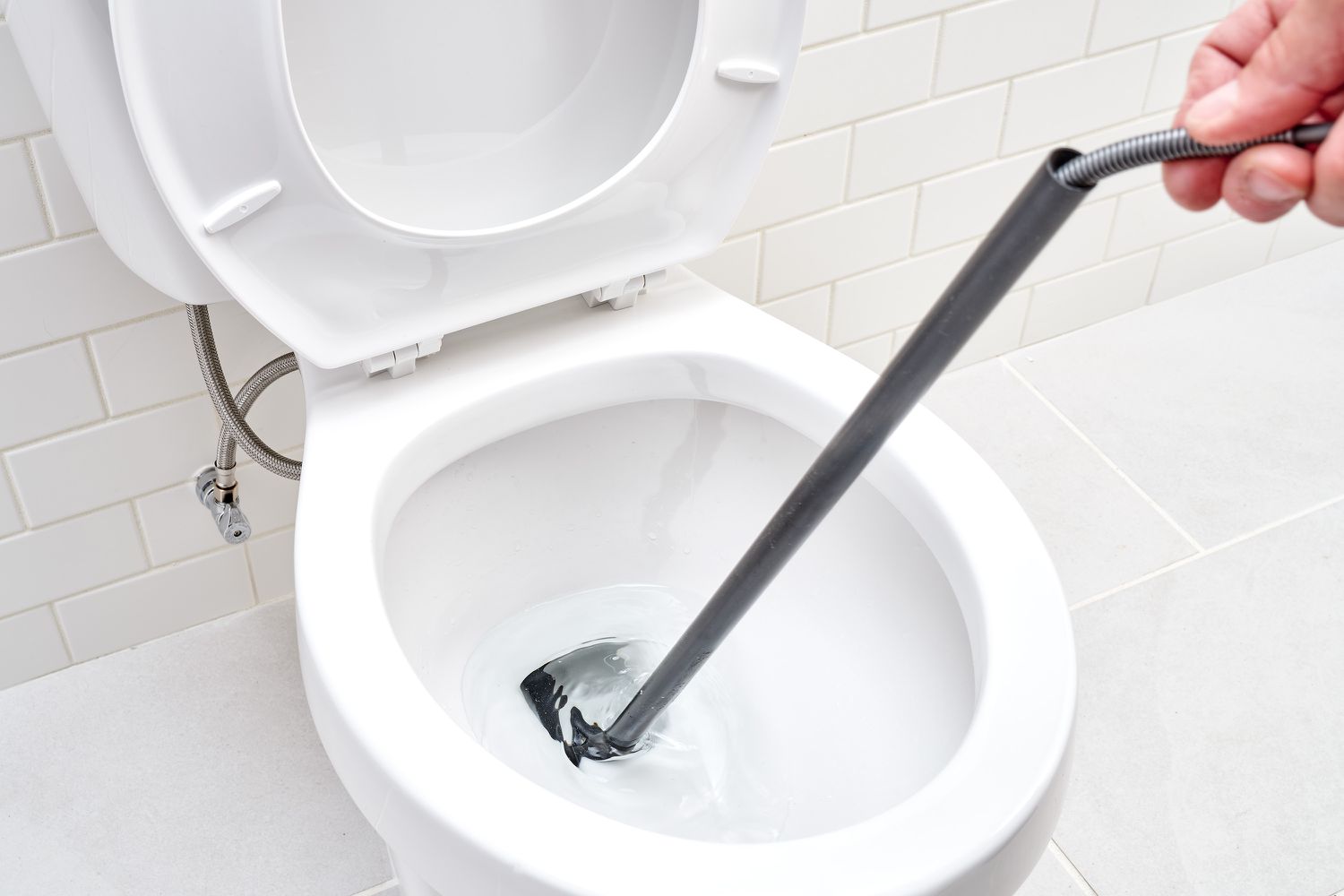
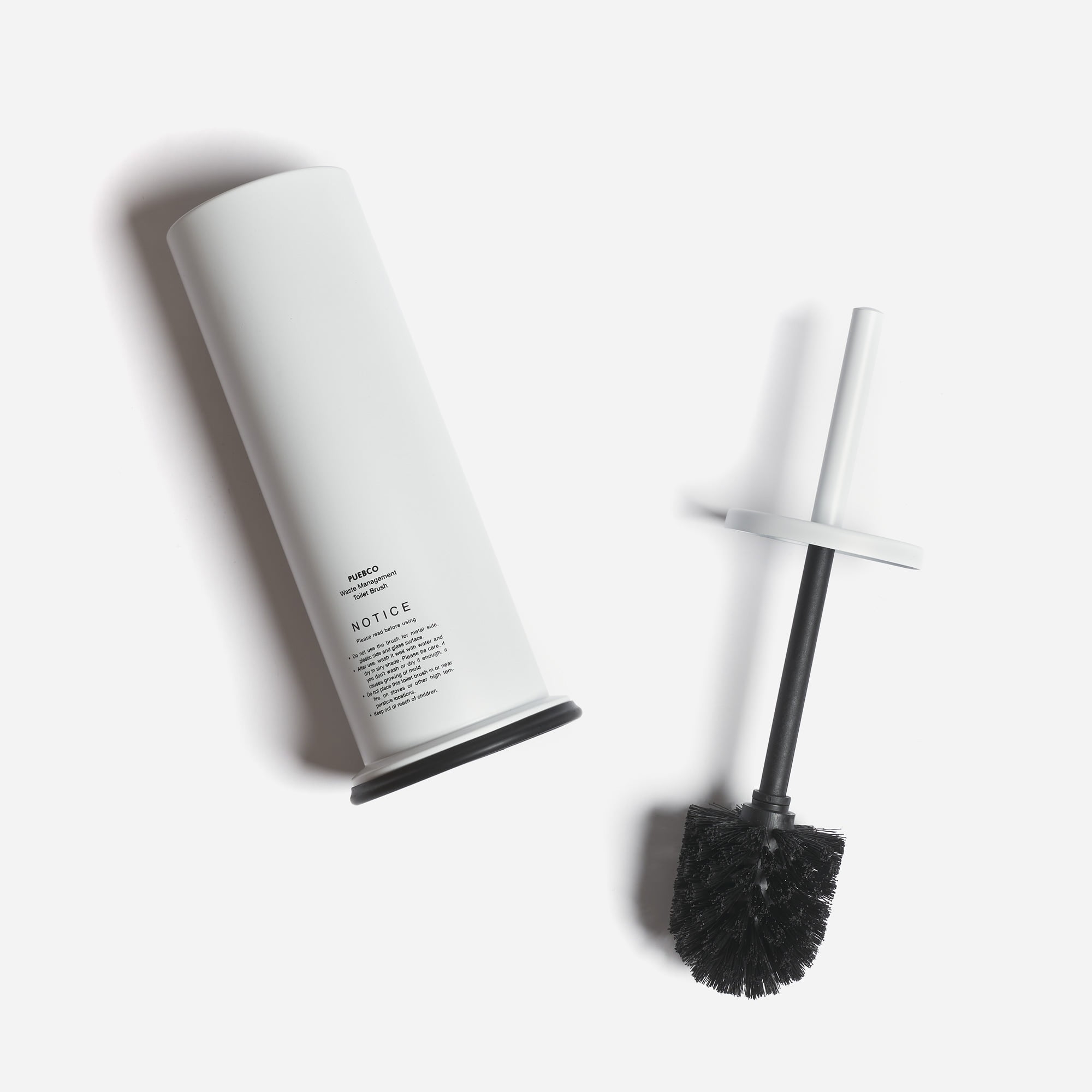
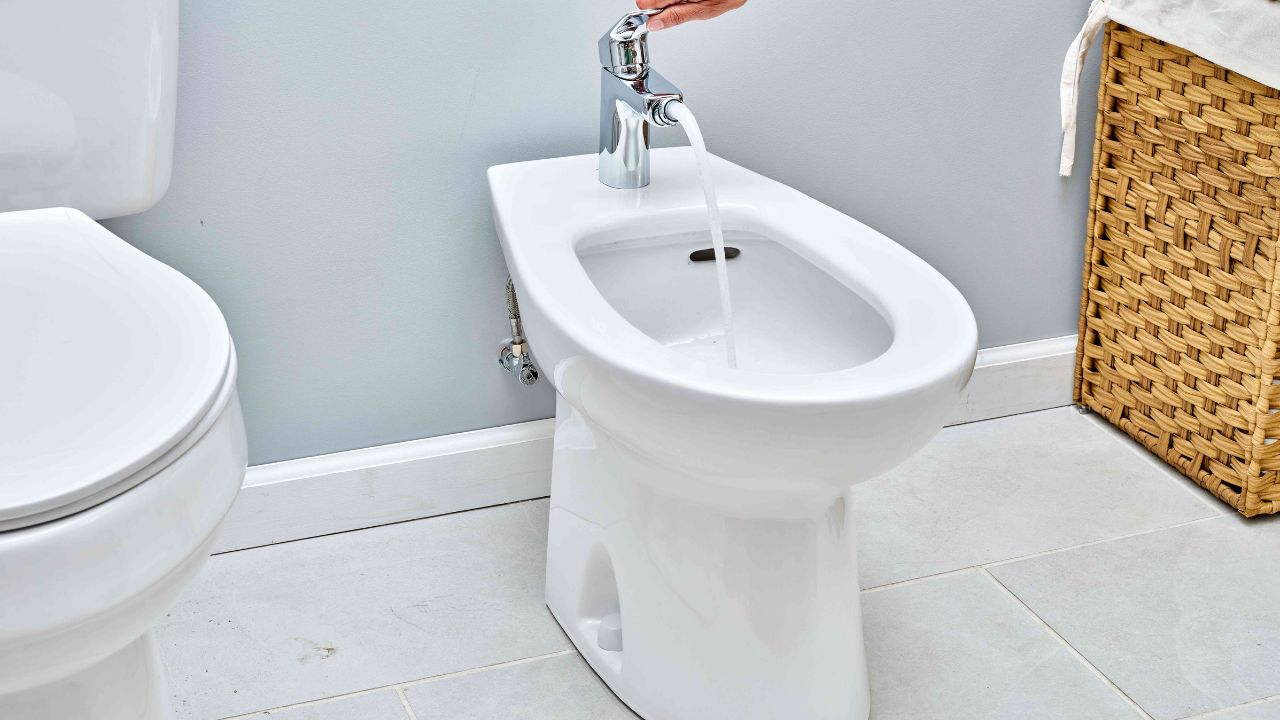
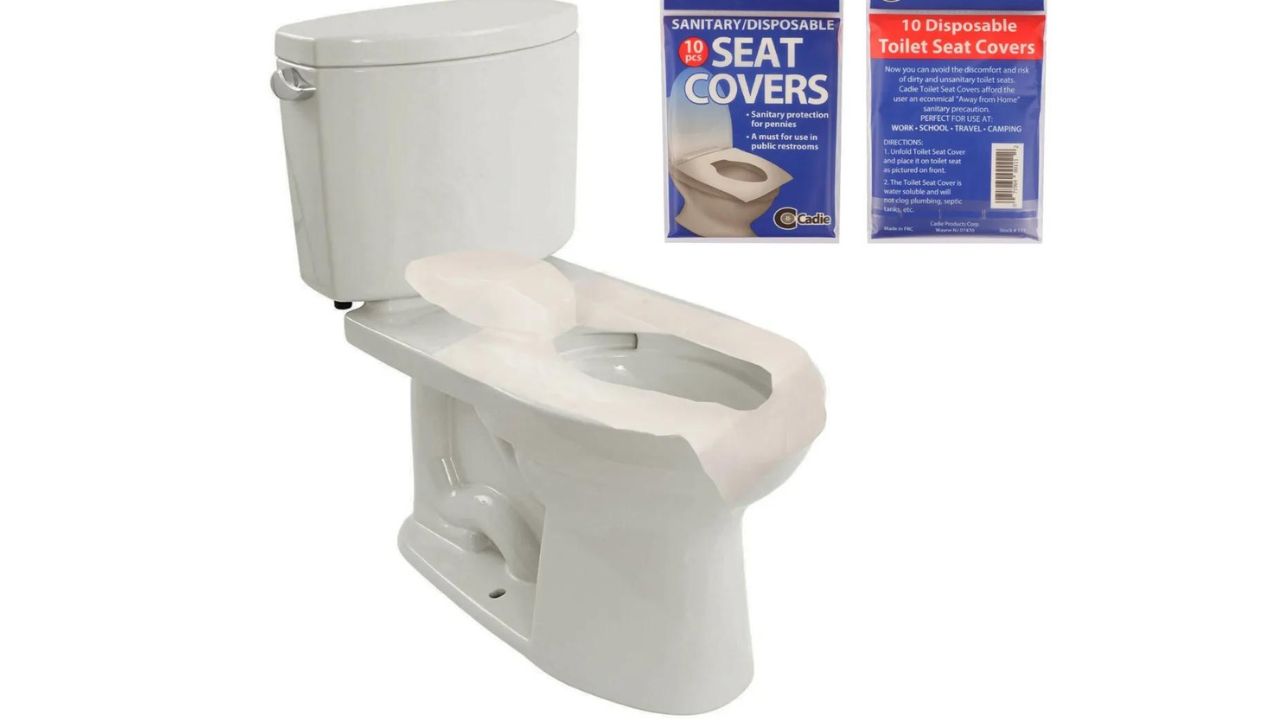

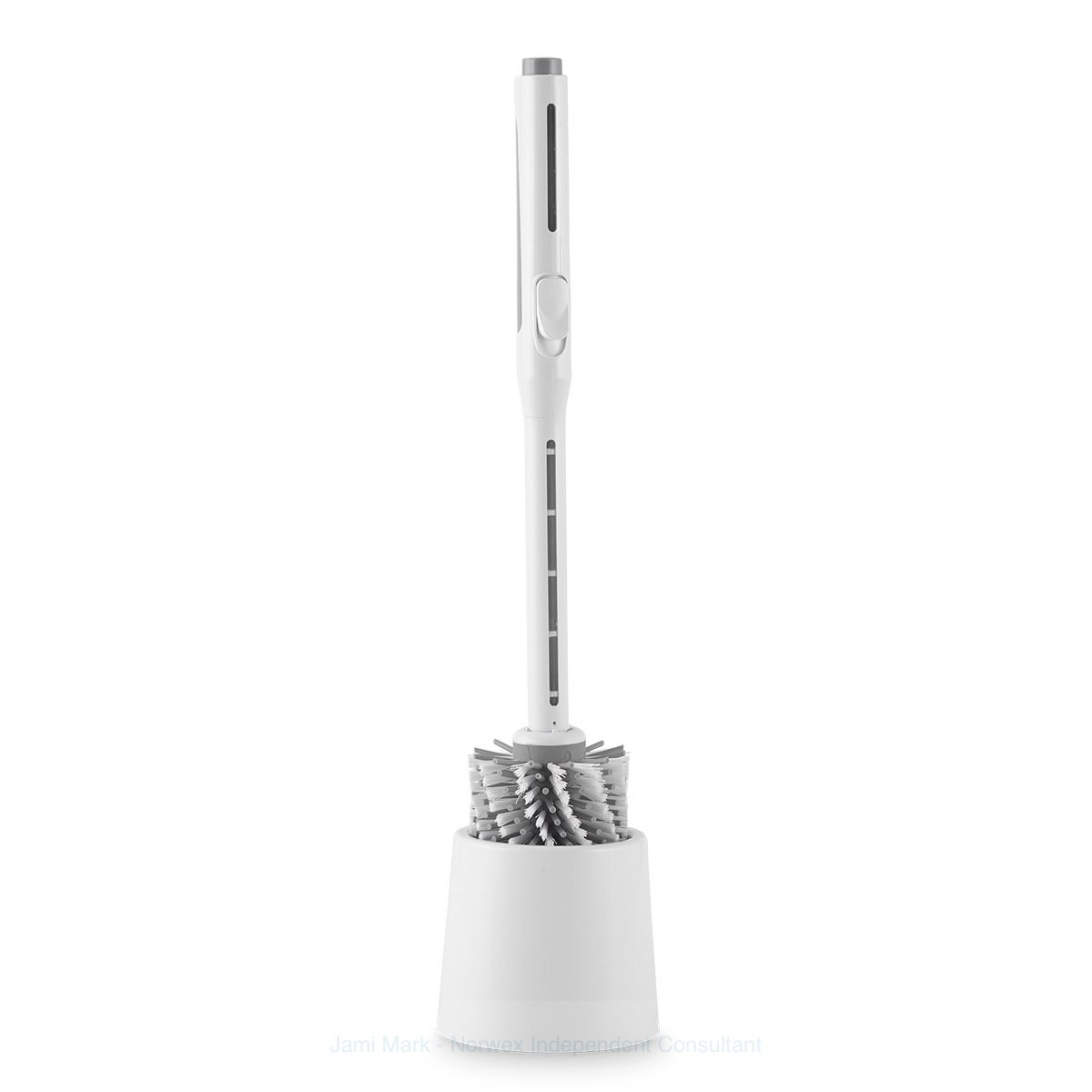
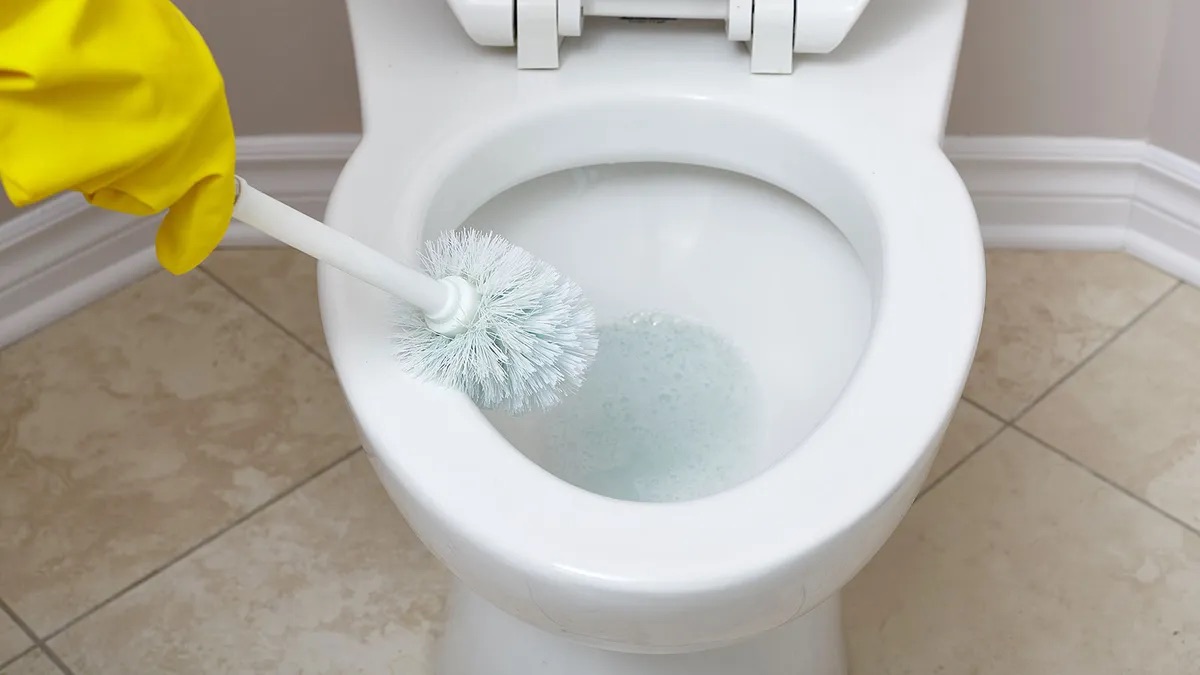

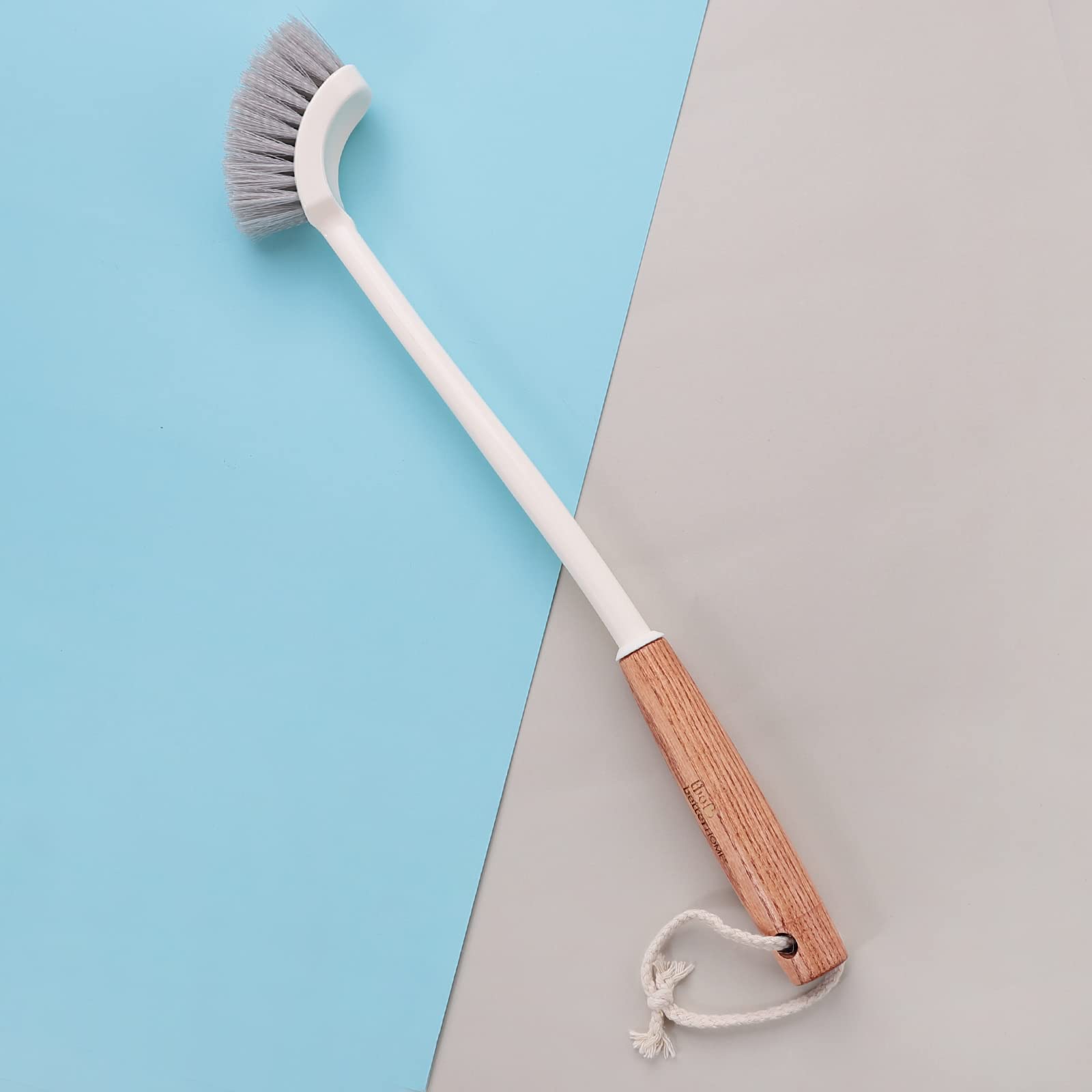
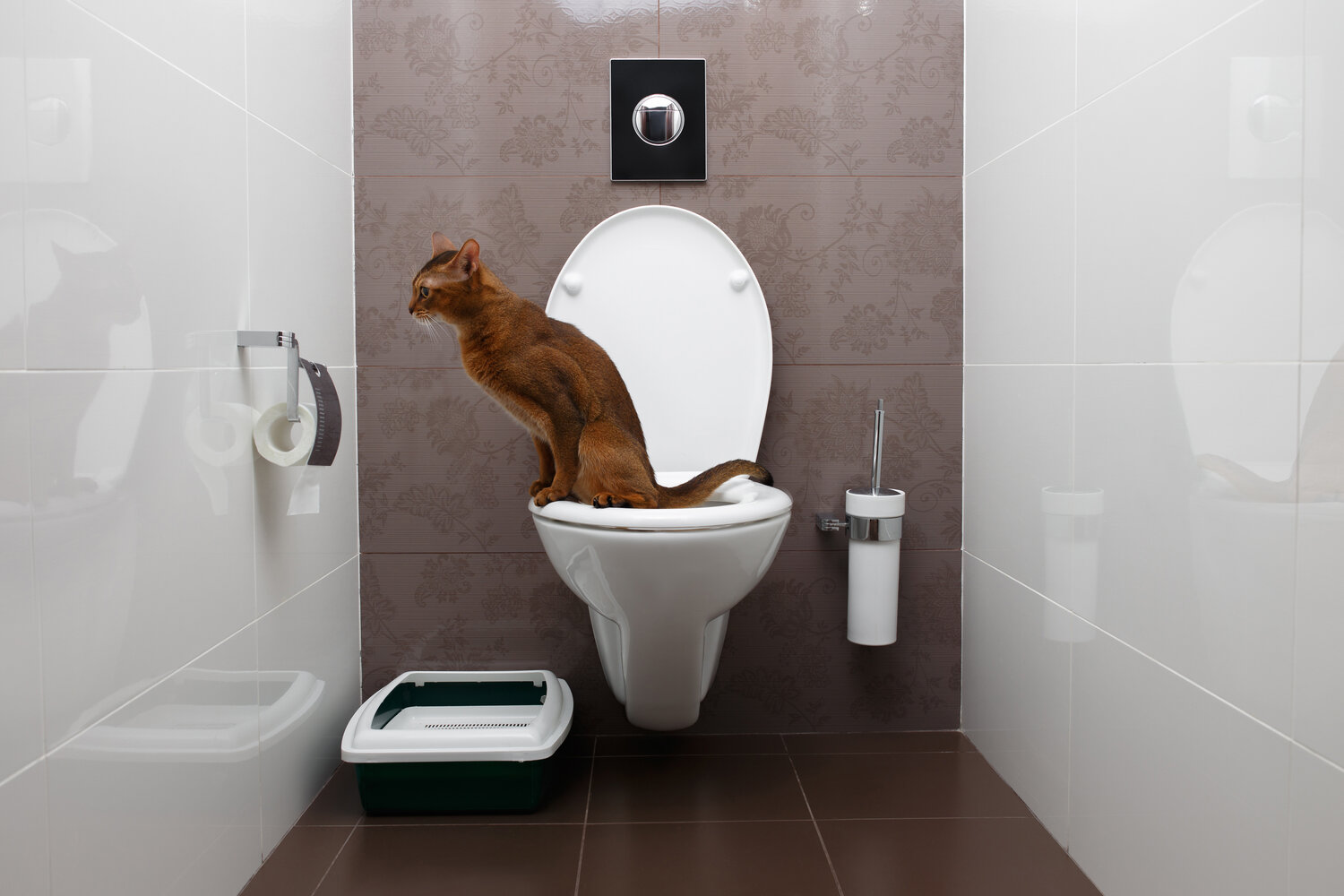
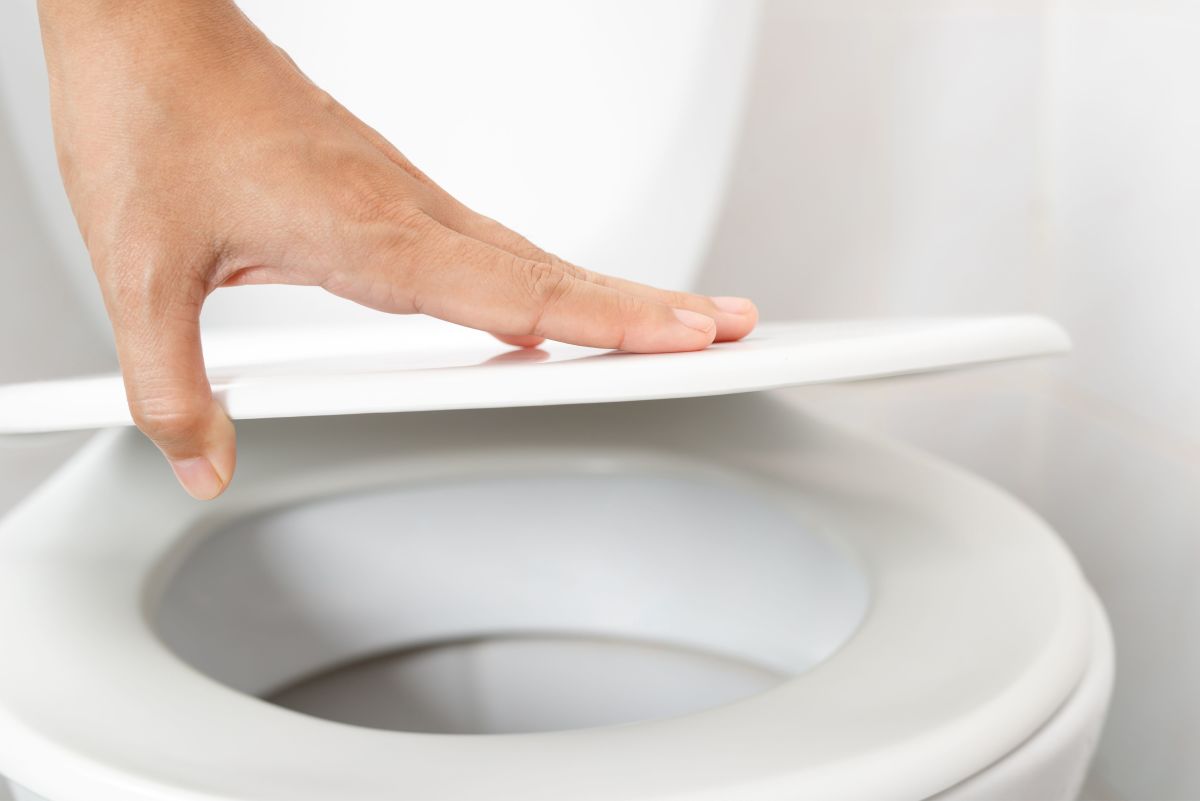
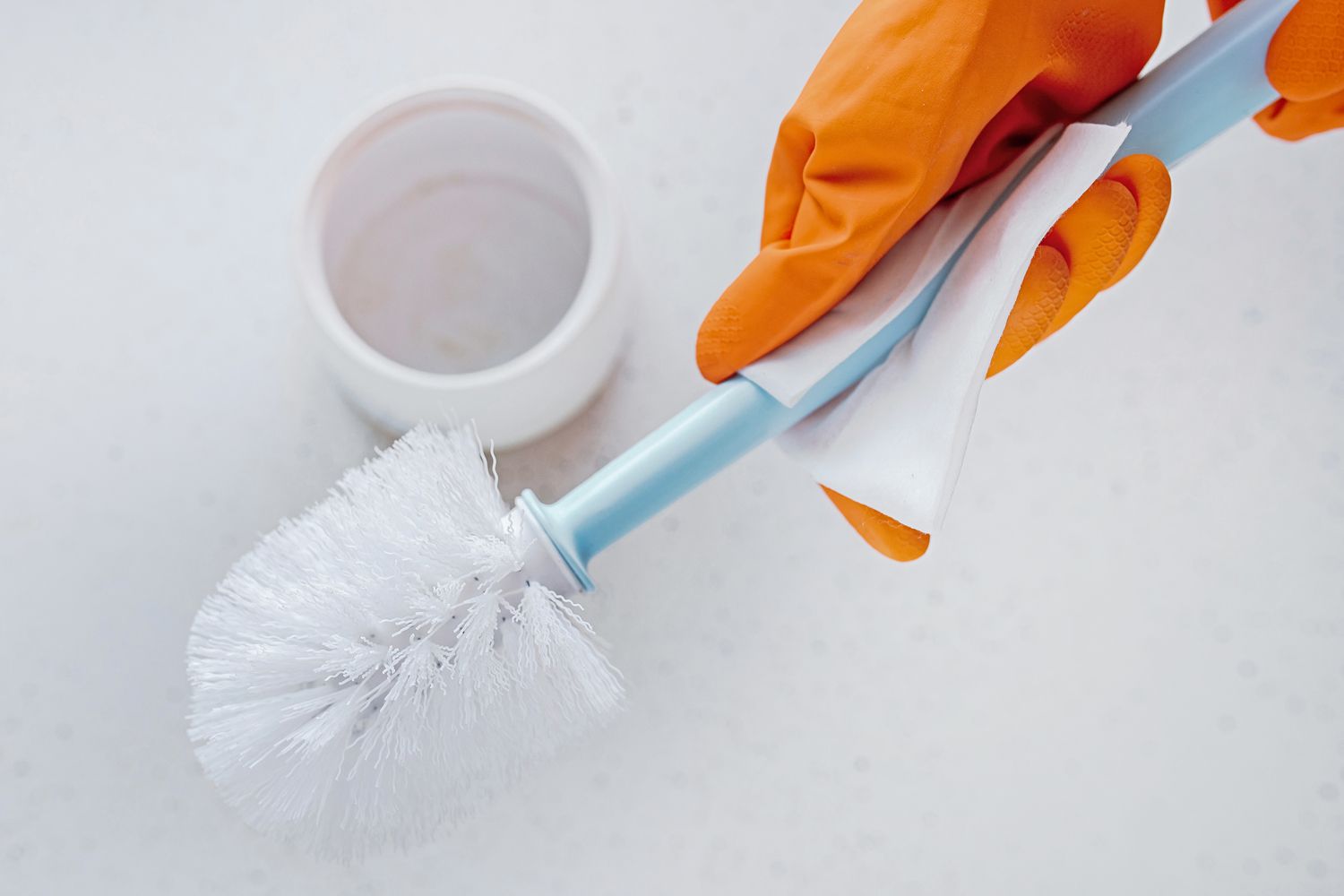
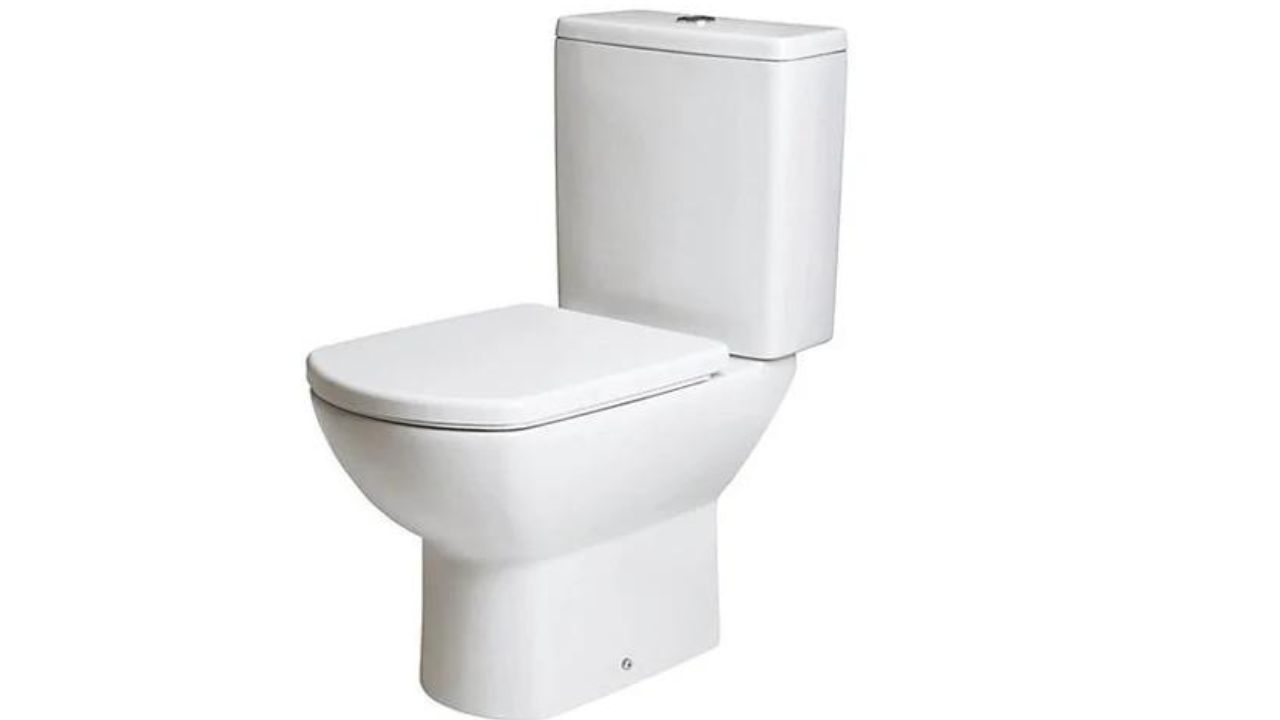
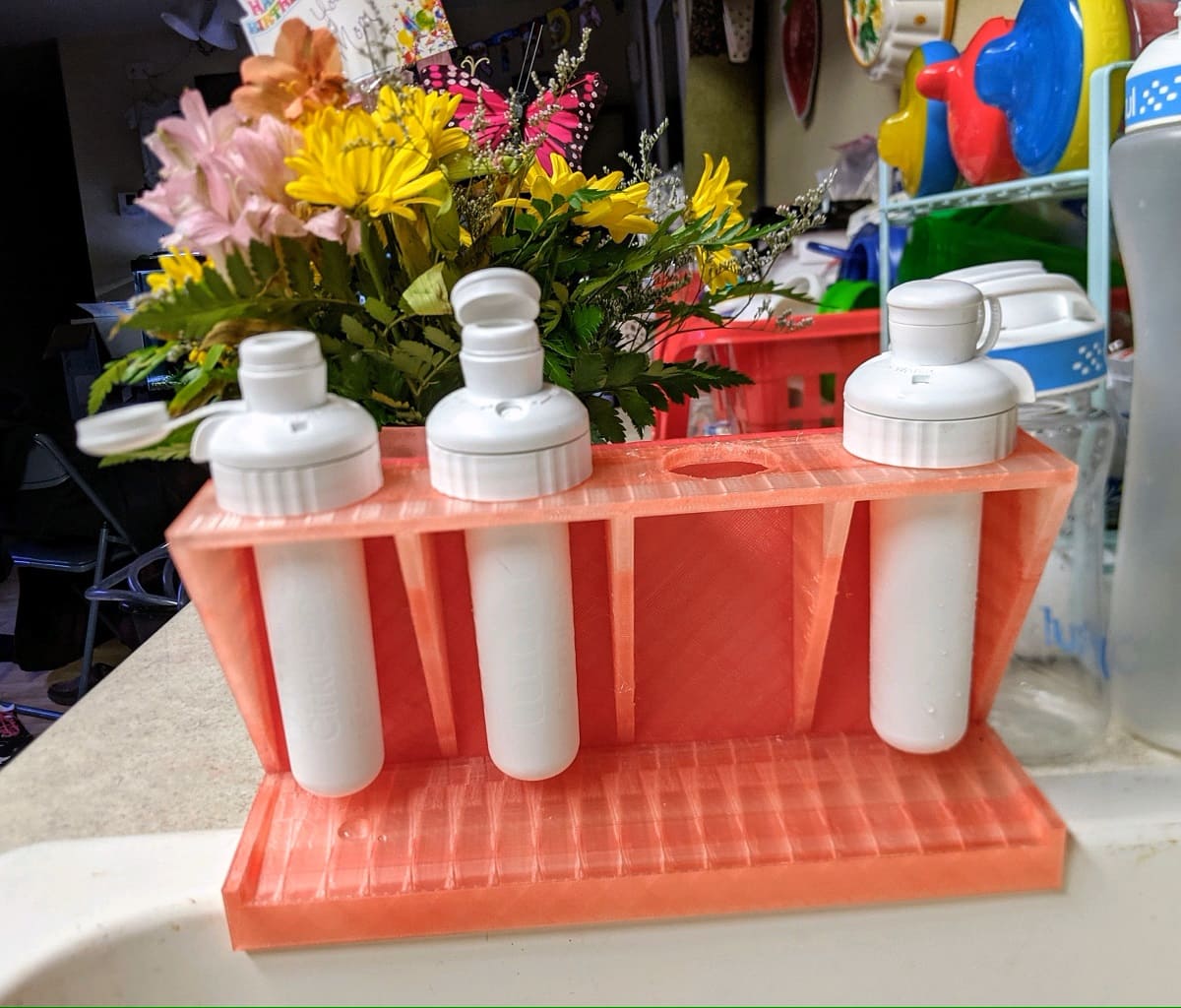

0 thoughts on “How To Use Squat Toilet”